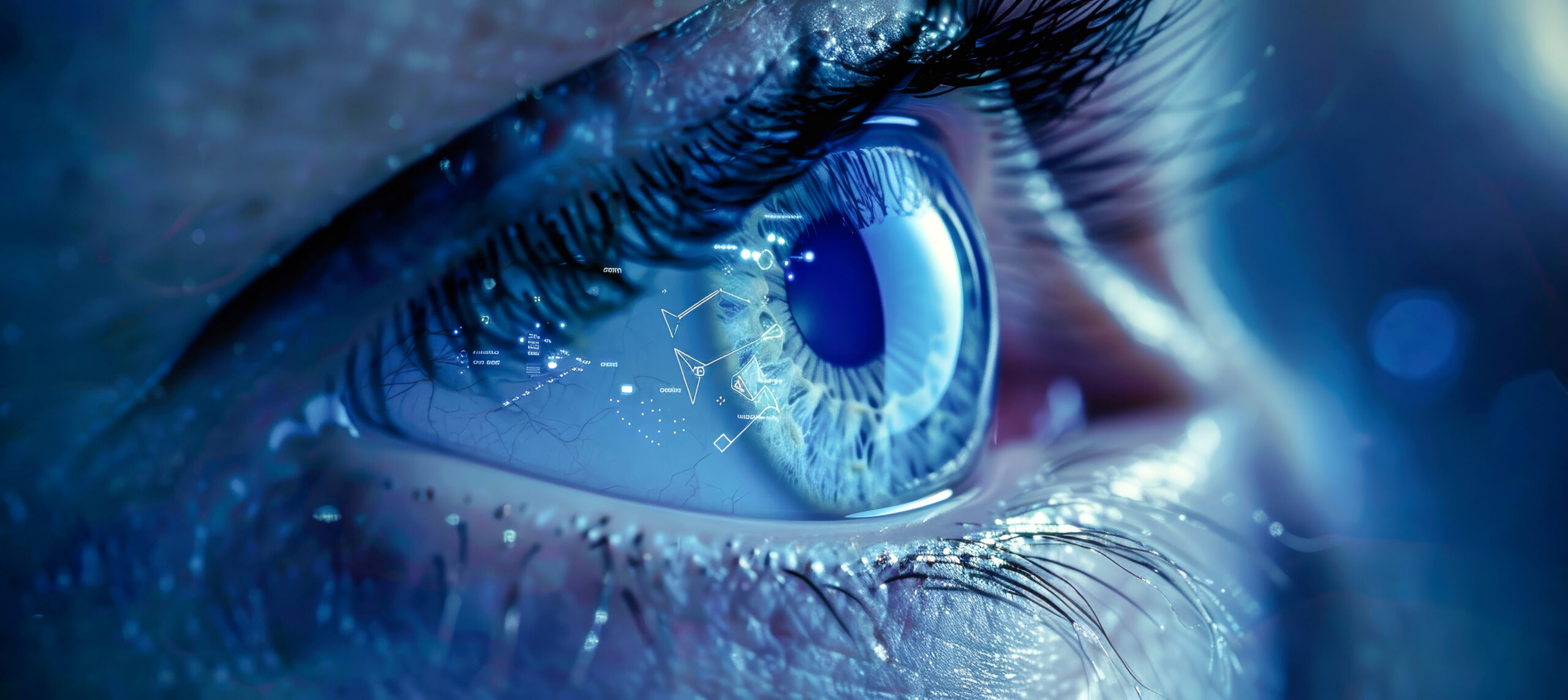In a world filled with motion and constant change, the ability to track and interpret the movement of objects becomes paramount. Enter the realm of visual tracking, a sophisticated skill that not only mirrors the intricacies of the human gaze. It also plays a pivotal role in technological advancements. In this exploration, we delve into the importance of visual tracking and its far-reaching implications.
The Essence of Visual Tracking
Defining Visual Tracking: Visual tracking is more than just observing; it’s the art of following and predicting the trajectory of moving objects. Imagine yourself watching a basketball player dribbling down the court or a bird soaring through the sky. Visual tracking is the cognitive function that allows us to anticipate and comprehend dynamic scenes.
A Symphony of Perception: Unlike static vision, which captures moments frozen in time, visual tracking engages with the continuous flow of the visual world. It involves the integration of sensory information, rapid decision-making, and the ability to stay attuned to the nuances of motion.
Applications Across Industries
In Sports and Recreation: Picture the exhilarating moments in sports—be it a goalkeeper tracking a soccer ball hurtling towards the goal or a tennis player anticipating the trajectory of a swiftly approaching serve. Visual tracking is the unsung hero behind these awe-inspiring feats, enhancing performance and refining the athlete’s ability to respond.

In Sports and Recreation: Picture the exhilarating moments in sports—be it a goalkeeper tracking a soccer ball hurtling towards the goal or a tennis player anticipating the trajectory of a swiftly approaching serve. Visual tracking is the unsung hero behind these awe-inspiring feats, enhancing performance and refining the athlete’s ability to respond.
In Robotics and Automation: Beyond the realm of human capabilities, visual tracking finds its place in the world of robotics and automation. Visual tracking algorithms drive technological marvels like self-driving cars and flying drones in real-time.
In Surveillance and Security: Visual tracking takes center stage in surveillance and security systems. Tracking and analyzing movements in public spaces or critical infrastructure is crucial for safety and threat prevention.
The Cognitive Magic of Visual Tracking
Biological Wonders: Reflect on the biological underpinnings of visual tracking in both humans and animals. Our brains are wired to not only perceive static objects but also to engage in a dynamic dance of tracking, a skill honed through evolution for survival and interaction with the environment.
Cognitive Load and Adaptability: Visual tracking is a testament to the remarkable adaptability of the human mind. It involves managing cognitive load, making split-second decisions, and adapting—showcasing the brain’s extraordinary capabilities.
Technological Advancements and Future Horizons
AI and computer vision use visual tracking to enhance human-like capabilities, driving advancements in facial recognition and autonomous vehicles. Augmented Reality and Gaming: Visual tracking is at the heart of immersive experiences in augmented reality and gaming.

Think of interactive gaming environments where the system tracks your movements in real-time, creating a seamless blend of the virtual and physical worlds.
Emerging Technologies: As we peer into the future, emerging technologies promise to push the boundaries of visual tracking. From advancements in machine learning to the integration of sensor technologies, the trajectory of visual tracking holds endless possibilities.
The Crucial Role in Enhancing User Experience
Human-Computer Interaction: The importance of visual tracking in on full display recently enhancing user experience in various technologies. Whether it’s the gaze-tracking feature in virtual reality or the intuitive response of smart devices to our movements, visual tracking fosters a natural and seamless interaction between humans and technology.
Accessibility and Inclusivity: Visual tracking also contributes to accessibility and inclusivity by providing adaptive features for individuals with different needs. For instance, eye-tracking technology can empower those with limited mobility, opening up new avenues for communication and interaction.
Conclusion: A Dynamic Tapestry of Perception
In essence, visual tracking is not merely a technical feat; it’s a dynamic tapestry woven into the fabric of our perception. Visual tracking resonates across industries, enriching our understanding from human brain marvels to AI frontiers in perpetual motion.
As we continue to innovate and explore, let’s celebrate the importance of visual tracking. This skill that not only defines our cognitive prowess but also propels us into a future. where the dynamic interplay of vision and tracking shapes the way we navigate, interact, and thrive.
Subscribe To Our Blog!
Your support allows us the help our non-speaking community continue to progress. Your subscription is making a difference in the life of a child.


